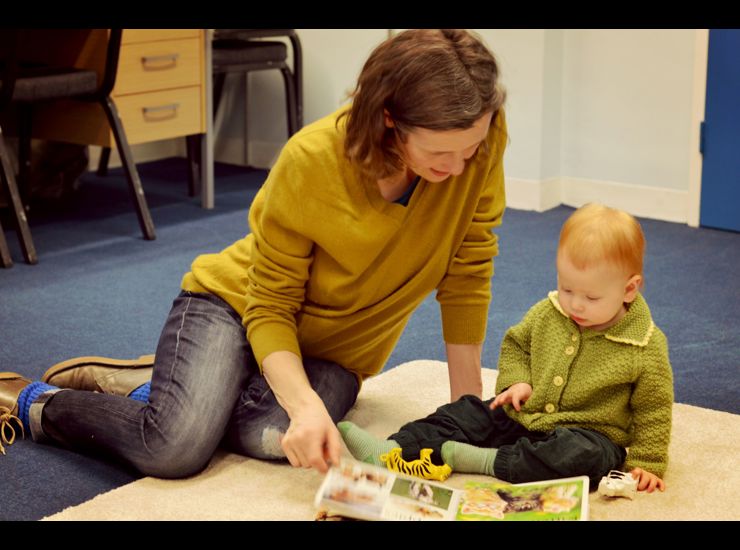
A simple task like grabbing a pint of milk can take much longer for someone popping to the shops with a young baby. Not only because of the preparation required to leave the house with small children, but also because the baby will attract a lot of attention from other shoppers. Lots of people will stop to chat, not to the adult, to the baby. But, have you ever noticed HOW people speak to babies? It’s very different to how adults speak to each other. Some people call this baby talk. Developmental psychologists call it child-directed speech.
What is child-directed speech?
Child-directed speech refers to the changes we make to our voices when we speak to babies and children when compared with speech to other adults. It is particularly evident in speech to children who aren’t yet talking themselves. There are noticeable differences in the two types of speech. For example, compared with speech to adults, child-directed speech:
- Sounds sing-song.
- Contains short, simple sentences.
- Is high-pitched.
- Is more rhythmic and repetitive.
- Is s-l-o-w-e-r, with more pauses.
These differences in speech to babies and children have been found in different languages (e.g. French, German, and Japanese; Fernald et al., 1989) and even in adults who are inexperienced in talking to children (Jacobsen et al., 1983) – we do it instinctively!
What are the benefits of child-directed speech?
We might sound funny when we’re doing it, but there are plenty of benefits to child-directed speech. A large number of studies have found that it is much better at attracting and holding a baby’s attention than normal speech. There is also evidence that child directed speech helps babies find the beginnings and endings of words, which in turn makes it easier to learn those words. In fact, a recent study by Ramirez, Lytle and Kuhl (2019) found that teaching parents about this way of communicating with their baby increased the amount of child-directed speech they used. This had a positive impact on the child’s language development: more child-directed speech was related to larger vocabularies when children reached 18 months.
But maybe the most important thing for you is that babies LIKE listening to it. How do we know? Researchers from labs around the world, including LuCiD researchers from Manchester, Lancaster, and Liverpool, worked together to find out whether babies really do prefer child-directed speech to speech to an adult. This was called the ManyBabies project (https://manybabies.github.io), and is the biggest ever study of its kind: in total, 2,339 babies aged from 3 to 15 months took part! And, as predicted, babies preferred child-directed speech to speech directed to an adult. So, not only does it help them learn, but they enjoy it too!
So, what is the ‘best’ way to talk to babies?
All the evidence suggests that child-directed speech is a simple – and fun! – way to supercharge your baby’s language learning, and the more you use it, the better. So, talk to your baby often, even before they start to speak, and don’t be afraid of using a sing-song voice and simple sentences – that’s just the sort of language babies love to hear.

